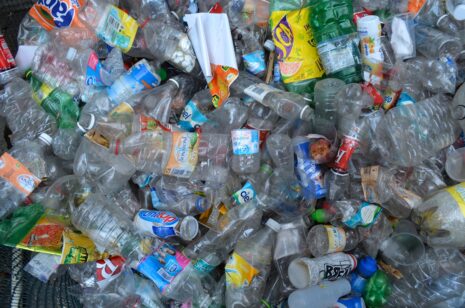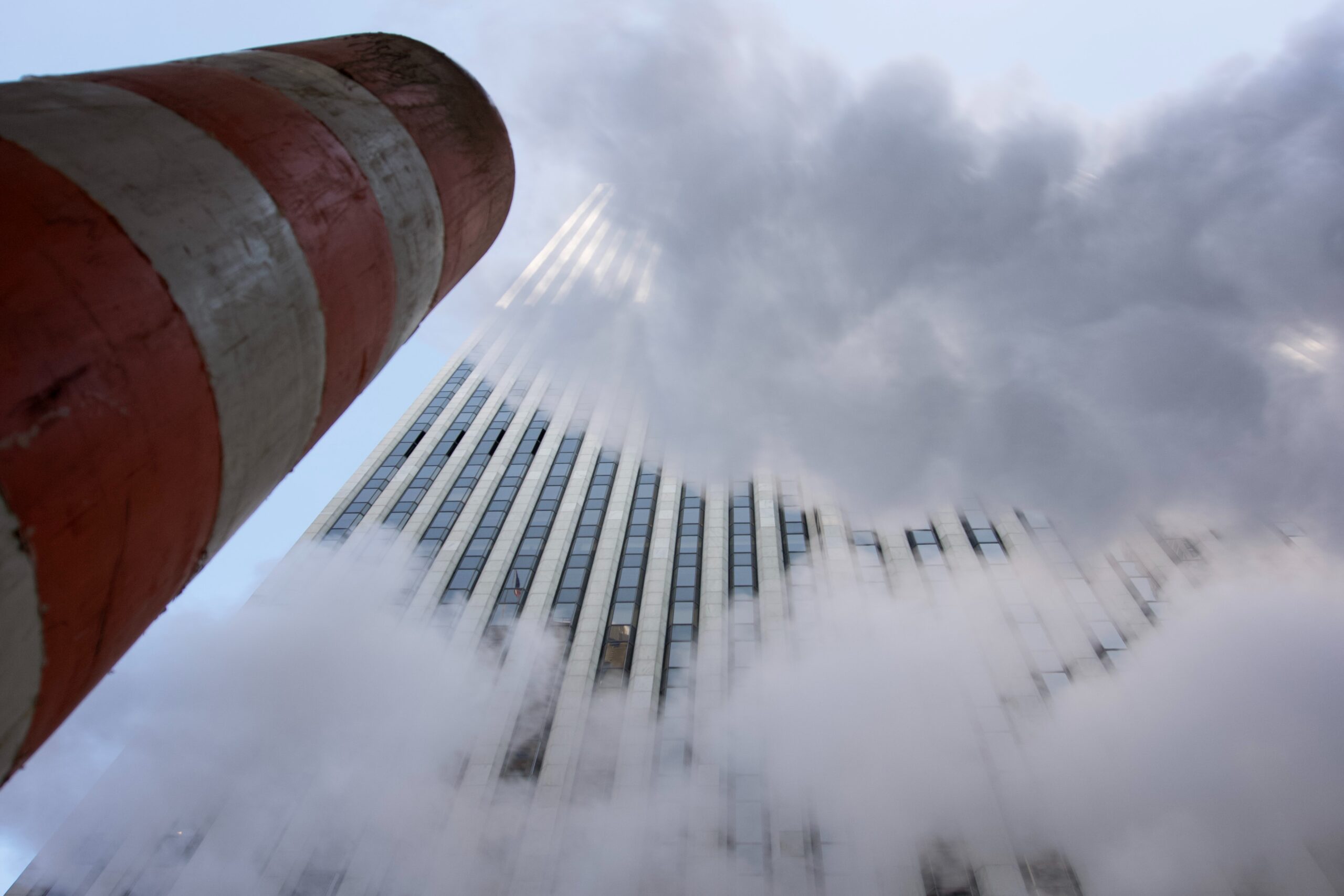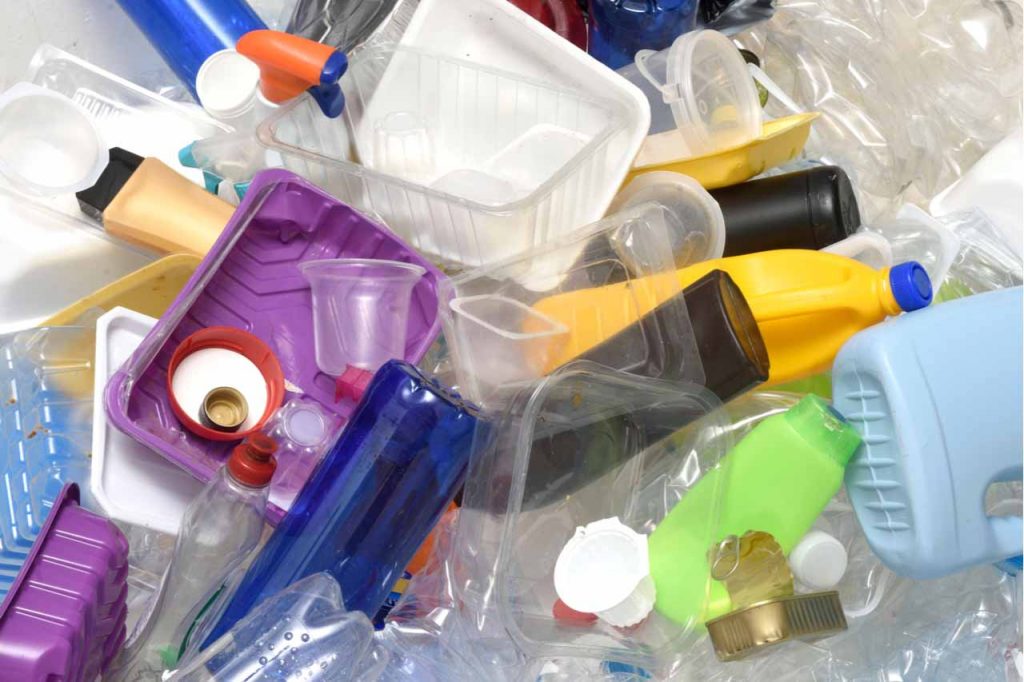 Hard, soft, colored, clear, film, food safe, medical and on and on- the variety of plastic products in our lives is extensive to the point of being overwhelming. Plastic particles have been found in the middle of the Pacific ocean, in the stomachs of animals, fish and birds, and even in human lungs and bloodstreams. And as oil companies look toward a future with much less dependence on their products as fuel for heat, electricity and transportation, it’s expected that the production of plastics is going to increase over time, at least in the short term.
Hard, soft, colored, clear, film, food safe, medical and on and on- the variety of plastic products in our lives is extensive to the point of being overwhelming. Plastic particles have been found in the middle of the Pacific ocean, in the stomachs of animals, fish and birds, and even in human lungs and bloodstreams. And as oil companies look toward a future with much less dependence on their products as fuel for heat, electricity and transportation, it’s expected that the production of plastics is going to increase over time, at least in the short term.
Even though plastics recycling has been mandatory in NYC since 1989, it can be difficult to understand the rules. Overall, less than 50% of recyclable materials are recovered. Plastic dishware, including cups, plates and utensils, which can be recycled as rigid plastics in NYC, have only a 5% capture rate.
In this illustrated guide, the NY Times explains that the “chasing arrows” symbol doesn’t necessarily mean that something is recyclable, why that is and what steps we can take to try and ensure that more of what we put in the plastics bin actually does get recycled.
The barriers to proper recycling are plentiful: a lack of mandates for manufacturers to use recycled plastic, difficulties in sorting materials, a lack of a robust market for recyclable plastic, wish-cycling (putting non-recyclables in a recycling bin in the hopes that it will magically be recycled anyway). Even putting recyclables into opaque garbage bags can keep the contents from being reused properly.
Because every municipality has different rules and access to recycling plants and markets, the rules can differ quite profoundly from location to location, even within the same state. Here’s the latest from the Department of Sanitation on which plastics can be accepted through the city’s curbside recycling program for residential buildings. Every piece of plastic we can keep out of our soil and water helps!

